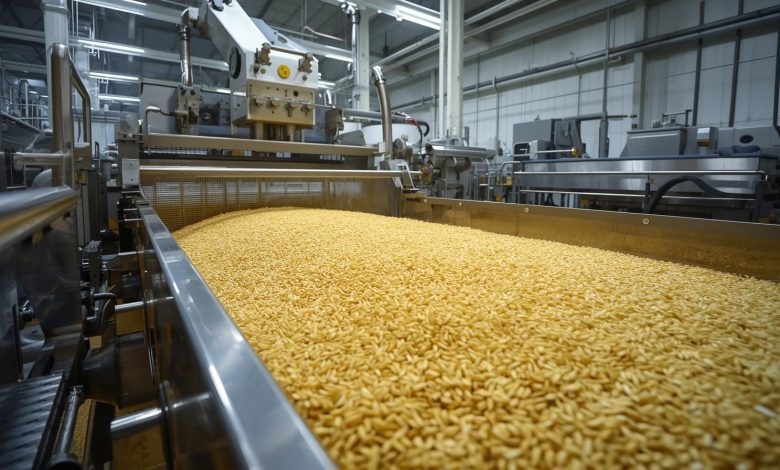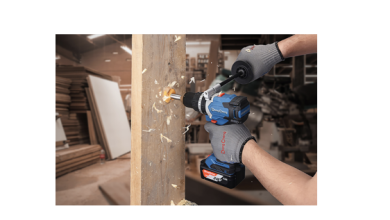How Automation in Rice Machines Is Transforming Large-Scale Milling Operations: Explained

Picture this: a rice mill buzzing with activity, workers rushing to keep pace with bulk orders, machines whirring, and yet delays keep cropping up. Maybe the polishing isn’t consistent, the grading isn’t uniform, or there’s too much reliance on manual labour. If this sounds familiar, you’re not alone. Many mill owners face the same hurdles. This is exactly where automation in rice machines is transforming the way large-scale milling operations run in India. By removing bottlenecks and ensuring consistent quality, automation is helping mill owners step into a more profitable and reliable future.
How Automation in Rice Machines Is Transforming Large-Scale Milling Operations
When you think about automation, it’s not just about replacing manual work with machines. It’s about building an operation that runs faster, more accurately, and with fewer setbacks. Automated rice machines are doing exactly that for large-scale mills in India. Here’s how they are changing the way mills operate today:
1. Consistent Quality at Every Stage
One of the biggest advantages of automated rice machines is the ability to maintain quality. From cleaning and dehusking to polishing and grading, automation ensures every stage runs smoothly. Instead of depending on manual checks, sensors and advanced controls maintain consistency. This not only improves the look and feel of the rice but also makes it easier to meet the quality standards buyers demand, especially for exports.
2. Higher Efficiency and Faster Turnaround
Time is money in large-scale operations. Automated rice machines can process huge volumes of paddy in shorter time frames compared to traditional setups. This higher efficiency means you can fulfil larger orders without delays, which is crucial in today’s competitive market. For mill owners, faster turnaround builds a reputation for reliability and opens doors to long-term contracts.
3. Reduced Labour Dependency and Lower Costs
Hiring and managing labour is often one of the toughest challenges for mill owners. With automated rice machines, many repetitive and labour-heavy tasks are taken care of by the machines themselves. This reduces dependency on manual labour, lowers wage costs, and minimises human errors. Over time, the savings on labour and reduced wastage balance out the initial investment in automation.
4. Better Control and Less Wastage
Traditional milling often results in broken grains and unnecessary wastage. Automated rice machines allow you to control every stage of the process with precision. Advanced sorting and grading systems ensure more of your paddy turns into high-quality, saleable rice. Less wastage directly translates into higher profits, something every mill owner looks for.
5. Meeting Market and Export Demands
The Indian rice industry is not only competitive but also heavily influenced by international demand. Buyers look for uniform quality, timely supply, and adherence to global standards. Automated rice machines make it easier to meet these expectations consistently. Whether you’re supplying domestic wholesalers or entering export markets, automation helps your mill stay ahead by delivering what the market demands.
6. Long-Term Reliability and Reduced Downtime
Another often-overlooked benefit of automated rice machines is reliability. Modern machines are designed with durability and self-monitoring systems that reduce the chances of unexpected breakdowns. Less downtime means your mill can continue operations without interruption, saving both time and money. For a large-scale plant, this reliability plays a direct role in maintaining steady profits.
Conclusion
Running a large-scale rice mill comes with its fair share of challenges, but automation is proving to be the solution many mill owners were waiting for. By investing in automated rice machines, you are not just upgrading your technology; you’re strengthening your business. From improving efficiency and cutting costs to delivering consistent quality and meeting bulk demand, automation is shaping the future of rice milling in India.





